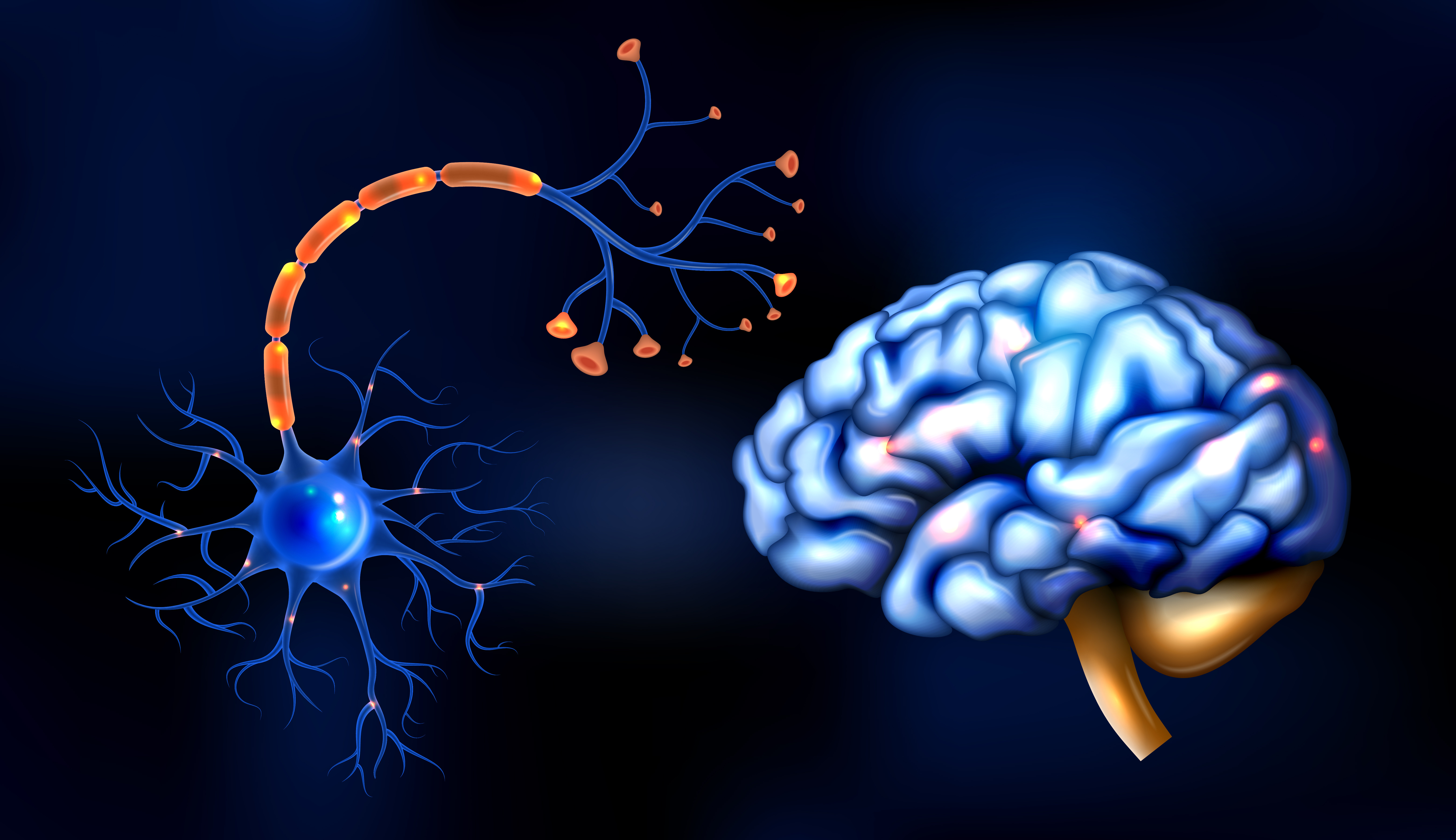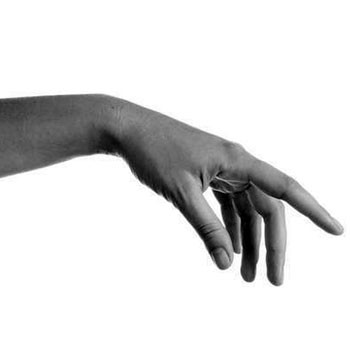Definisi
Neuralgia postherpetik merupakan komplikasi dari infeksi herpes zoster (cacar api/cacar ular). Herpes zoster disebabkan oleh reaktivasi dari virus varicella zoster, yang merupakan virus penyebab cacar air. Cacar air adalah salah satu infeksi virus yang sering terjadi pada saat anak-anak, atau yang disebut varicella. Herpes zoster menyebabkan ruam kulit dengan benjolan kecil melenting disertai dengan nyeri. Ruam paling sering terjadi pada satu sisi tubuh dan membentuk pola melingkar. Saat ruam menghilang, rasa sakit mungkin tetap ada, rasa sakit yang menetap ini disebut neuralgia postherpetik. Sebanyak satu dari lima pasien yang mengalami herpes zoster mengalami post herpetik neuralgia. Faktor risiko neuralgia postherpetik meningkat seiring pertambahan usia (usia >60 tahun) dan sistem imun yang lemah. Tidak ada pengobatan khusus untuk menangani neuralgia postherpetik, namun pengobatan difokuskan pada pencegahan terhadap populasi yang memiliki risiko tinggi dan untuk mengurangi gejala .
Penyebab
Neuralgia postherpetik terjadi akibat kerusakan serabut saraf selama infeksi herpes zoster. Herpes zoster disebabkan oleh virus varicella zoster, virus yang juga menyebabkan cacar air. Setelah menderita cacar air, virus akan tetap berada di dalam tubuh, tetapi virus tidak aktif (dorman) atau tidur selama bertahun-tahun. Ketika virus tersebut aktif kembali (reaktivasi), akan menyebabkan herpes zoster (cacar api/cacar air). Serabut saraf pada kulit di daerah yang terinfeksi dapat mengalami kerusakan sehingga terjadi gangguan dalam mengirimkan sinyal ke otak. Akibat kerusakan tersebut, dapat menimbulkan gejala berupa rasa nyeri hebat, yang dapat timbul selama berbulan-bulan hingga bertahun-tahun. Neuralgia postherpetik berarti nyeri saraf setelah infeksi herpes zoster.
Faktor Risiko
Terjadinya neuralgia postherpetik sangat berhubungan dengan sistem imun dan riwayat herpes zoster yang pernah Anda alami. Selain pertambahan usia, faktor lain yang dapat membuat Anda berisiko mengalami neuralgia postherpetik adalah:
- Usia yang diatas 50 tahun.
- Riwayat herpes zoster yang berat dan lokasi terjadinya di daerah wajah dan dada.
- Riwayat penyakit lain yang dapat menurunkan sistem imun seperti diabetes mellitus.
- Pengobatan herpes zoster yang diberikan lebih dari 72 jam sejak munculnya gejala.
- Riwayat nyeri yang berat.
Lokasi terjadinya herpes zoster memiliki hubungan dengan kemungkinan terjadinya nyeri berulang atau neuralgia postherpetik. Berdasarkan lokasi terjadinya herpes zoster, risiko terjadinya neuralgia postherpetik pada seseorang dapat diurutkan menjadi:
- Risiko rendah: Rahang, Leher, dan Punggung bagian bawah.
- Risiko sedang : Dada.
- Risiko Tinggi: Trigeminal (daerah trigeminal adalah daerah dari dahi, pipi dan rahang bawah. Terutama jika mengenai saraf mata), pleksus brachial (daerah yang dipersarafi dari pleksus brachial adalah otot-otot bahu, siku, pergelangan tangan, dan jari-jari tangan).
Gejala
Nyeri merupakan salah satu gejala yang dikeluhkan oleh pasien. Jika Anda mengalami neuralgia postherpetik, lokasi nyeri berada di tempat yang sama dengan munculnya Herpes Zoster. Rasa nyeri yang timbul dapat memiliki beberapa karakterisitik berupa:
- Rasa nyeri seperti sensasi terbakar atau nyeri tajam.
- Nyeri yang hilang timbul tanpa adanya rangsangan dari luar.
- Rangsangan yang tidak menyebabkan nyeri, namun dirasakan sebagai nyeri (contoh: sentuhan dirasakan sebagai nyeri atau rasa terbakar).
- Rasa nyeri yang dirasakan semakin memberat pada malam hari, suhu panas atau dingin.
Nyeri dapat berlangsung selama lebih dari tiga bulan dengan karakteristik terbakar atau nyeri seperti ditusuk. Selain rasa nyeri, gangguan saraf lain adalah adanya penurunan respon terhadap rangsangan dari luar atau rasa baal dan kebas serta rasa gatal.
Diagnosis
Dalam mendiagnosa neuralgia postherpetik, dokter akan menanyakan riwayat kesehatan termasuk riwayat penyakit herpes zoster. Keluhan ini penting untuk ditanyakan karena neuralgia postherpetik disebabkan oleh reaktivasi virus varicella zoster yang menyebabkan herpes zoster. Kemudian pemeriksaan fisik akan melihat dan mencari penyebab lain dari nyeri yang timbul. Pemeriksaan yang dilakukan di area nyeri adalah pemeriksaan untuk menilai respon terhadap rangsangan yang diberikan seperti menggunakan kapas dan tusuk gigi. Beberapa contoh pertanyaan yang dapat Anda terima adalah:
- Apakah gejala yang dialami terus menerus atau hilang timbul?
- Seberapa berat gejala yang anda alami? (Dokter dapat menanyakan skala nyeri dalam skala 1-10)
- Apakah Anda memiliki riwayat cacar air? Kapan anda mengalami cacar air?
- Apakah Anda sudah menerima vaksin herpes zoster?
- Apakah faktor yang dapat memperingan atau memperberat gejala yang Anda alami?
- Apakah Anda sedang mengalami atau memiliki riwayat penyakit lain seperti gangguan imun atau pengobatan kanker?
Tata Laksana
Tujuan dari terapi neuralgia postherpetik adalah mengontrol rasa nyeri dan mengurangi gejala lain. Hingga saat ini belum ditemukan pengobatan khusus dalam mengobati neuralgia postherpetik, namun beberapa obat terbukti dapat mengurangi nyeri. Penggunaan obat anti nyeri yang dapat dibeli bebas seperti parasetamol dan ibuprofen tidak dapat mengurangi nyeri akibat neuralgia postherpetik. Dokter dapat meresepkan salah satu dari obat dibawah ini untuk mengurangi nyeri:
- Gabapentin dan pregabalin.
- Obat-obatan yang digunakan untuk mengobati gangguan depresi seperti amitriptilin, nortriptilin, atau despiramin.
- Penggunaan obat golongan narkotika dalam bentuk patch seperti lidokain patch atau krim. Obat ini merupakan lini kedua dari pengobatan neuralgia postherpetik seperti oxycodone, morfin, tramadol.
Selain pemberian obat, terapi yang dapat diberikan adalah:
- Terapi injeksi yang dapat diberikan adalah penyuntikkan glukokortikoid pada pasien yang nyerinya tidak berkurang menggunakan obat.
- Pemberian aliran listrik atau penggunaan Transcutaneus Electrical Nerve Simualtion (TENS) dalam jumlah kecil pada daerah yang nyeri dapat mengurangi intensitas nyeri.
- Penggunaan kompres dingin pada daerah yang nyeri.
- Menggunakan pakaian yang nyaman seperti berbahan katun atau sutra.
Komplikasi
Komplikasi akibat neuralgia postherpetik yang timbul tergantung lama penyakit dan tingkat nyeri. Neuralgia postherpetik dapat menyebabkan :
- Depresi
- Kelelahan
- Kesulitan tidur
- Penurunan nafsu makan
- Sulit berkonsentrasi
Pencegahan
Pencegahan terhadap neuralgia postherpetik dapat dilakukan saat mengalami herpes zoster. Pada saat Anda mengalami herpes zoster, penting untuk dilakukan penanganan yang tepat sehingga dapat mencegah terjadinya neuralgia postherpetik. Obat-obatan yang dapat digunakan dalam mengobati herpes zoster adalah acyclovir, famciclovir dan valacyclovir. Obat-obatan ini harus menggunakan resep dokter. Terapi diberikan dalam jangka waktu dua hari setelah timbulnya herpes zoster. Pemberian vaksin herpes zoster dinilai efektif untuk mencegah herpes zoster dan neuralgia postherpetik. Vaksin diberikan terutama pada usia diatas 50 tahun, dalam dua dosis vaksin dengan selang waktu dua sampai enam bulan. Syarat menerima vaksin adalah sehat dan memiliki sistem imun yang kuat.
Jika Anda memiliki salah satu dari keluhan dibawah ini, Anda tidak boleh menerima vaksin herpes zoster:
- Memiliki reaksi alergi yang mengancam jiwa terhadap gelatin, antibiotik neomycin atau komponennya.
- Memiliki sistem imun yang lemah.
- Sedang menerima pengobatan steroid, radioterapi, kemoterapi, atau keduanya.
- Memiliki kanker sumsum tulang atau kanker di sistem limfatik.
- Memiliki penyakit tuberkulosis yang aktif dan belum diobati.
Kapan Harus ke Dokter?
Konsultasikan ke dokter jika Anda memiliki gejala awal dari herpes zoster. Seringkali rasa sakit dimulai sebelum timbulnya ruam kulit. Risiko Anda terkena neuralgia postherpetik berkurang jika Anda mendapat pengobatan antivirus dalam 72 jam setelah timbulnya ruam kulit.
Ingin informasi menarik lainnya seputar penyakit saraf? Yuk simak informasinya di sini ya!
- dr Nadia Opmalina
-
Postherpetic neuralgia - Diagnosis and treatment - Mayo Clinic. Mayoclinic.org. (2021).
- Claveland Clinic. Postherpetic Neuralgia (2021). from : Postherpetic Neuralgia: Symptoms, Causes, Treatment & Prevention (clevelandclinic.org)
-
McElveen, W. (2021). Postherpetic Neuralgia Follow-up: Prognosis, Patient Education. Emedicine.medscape.com.
-
Mallick-Searle, T., Snodgrass, B., & Brant, J. (2016). Postherpetic neuralgia: epidemiology, pathophysiology, and pain management pharmacology. Journal Of Multidisciplinary Healthcare, Volume 9, 447-454. https://doi.org/10.2147/jmdh.s106340
-
Post-herpetic neuralgia. nhs.uk. (2021).
-
Postherpetic neuralgia: Treatment, symptoms, and causes. Medicalnewstoday.com. (2021).
-
Pathak, N. (2021). Postherpetic Neuralgia: Nerve Pain After Shingles. WebMD.












